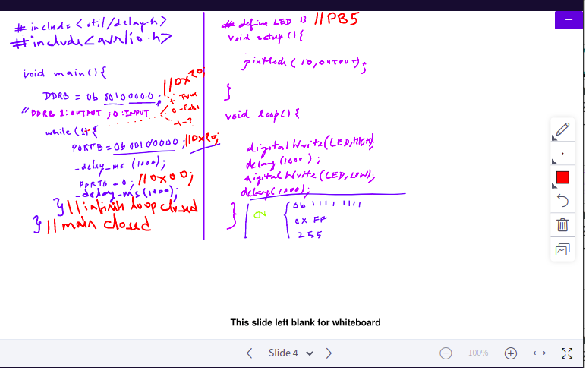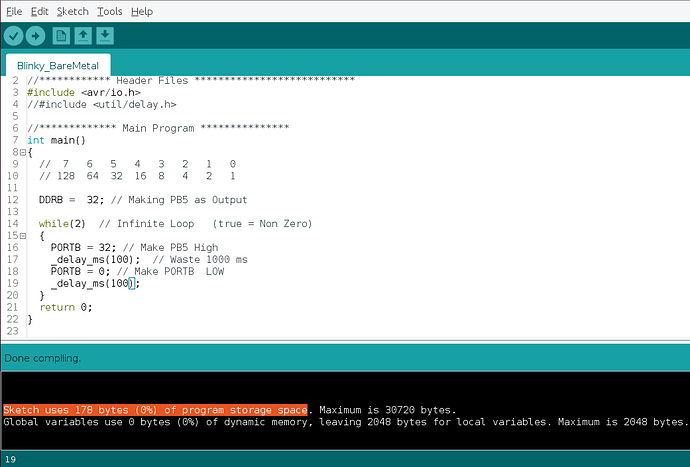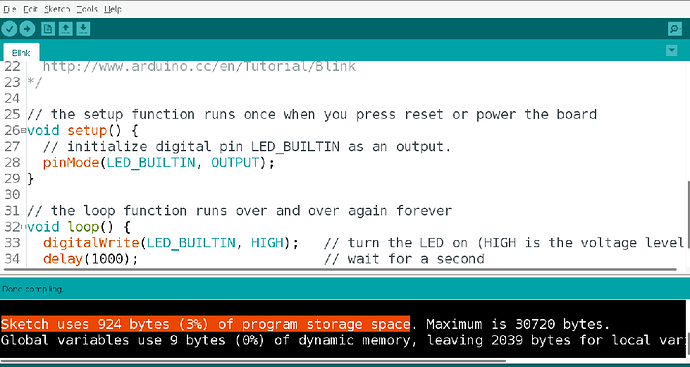[justify]In the last session 11 we initiated writing a bare-metal code for blinky and explored various things such as MCU architecture, Pin map, Data Direction Registers (DDR), Register Value/Data formatting in Binary, Hexadecimal and Decimal.[/justify]
[justify]We also roughly talked about Bit Addressing and Byte Addressing.[/justify]
[justify]Today we will continue the Kick-Start Session to complete writing the bare-metal blinky code for AVR 8-bit (ATMEGA328) MCU without using Arduino libraries and in built functions. We will explore how to access an individual bit by writing to the complete byte address and also explore running patterns on multiple LEDs.[/justify]
[center] [/center]
[/center]
To join the Session: Link
27 Jan, 2021 | 4:00 pm to 6:00 pm | Wednesday




